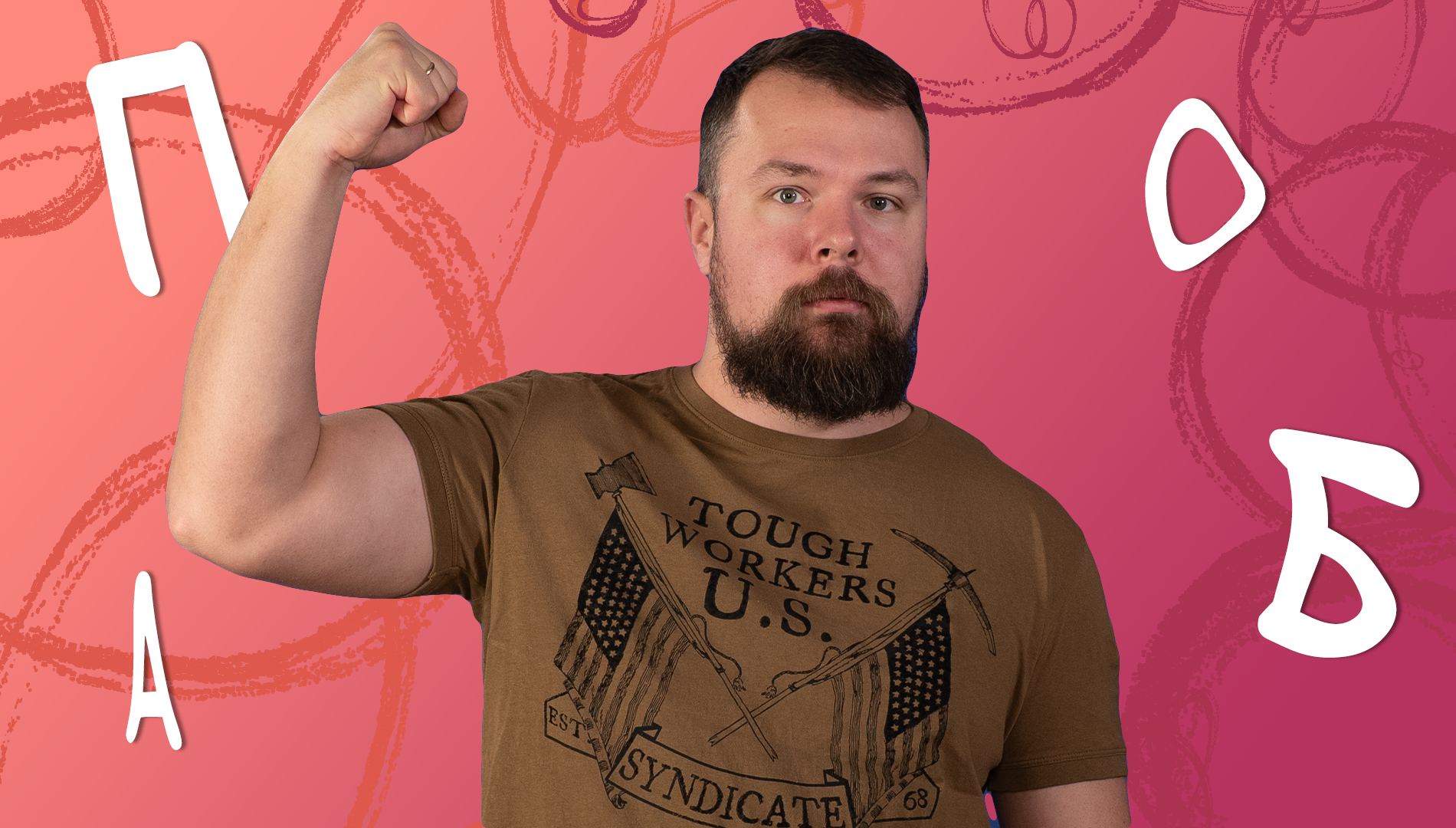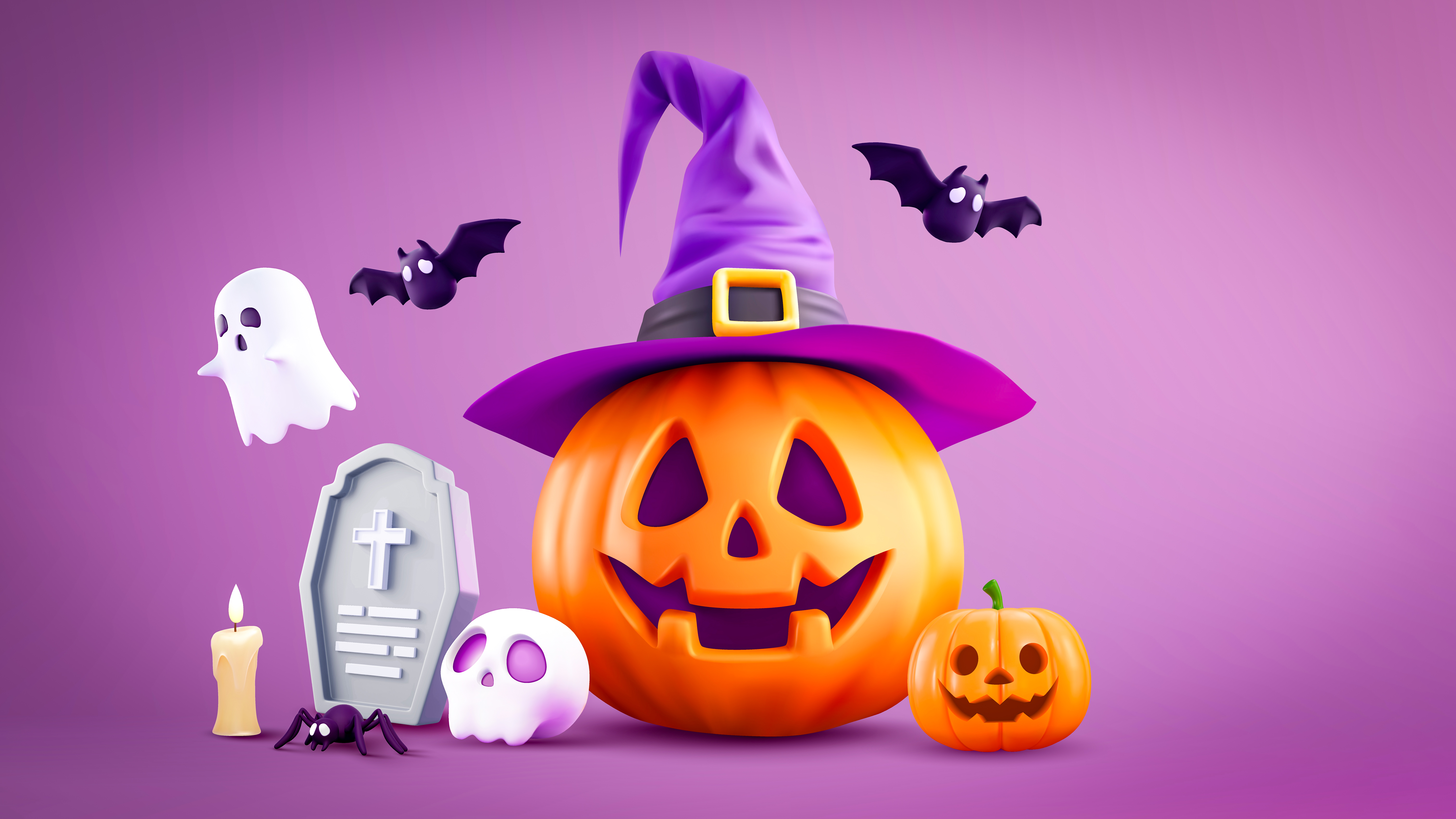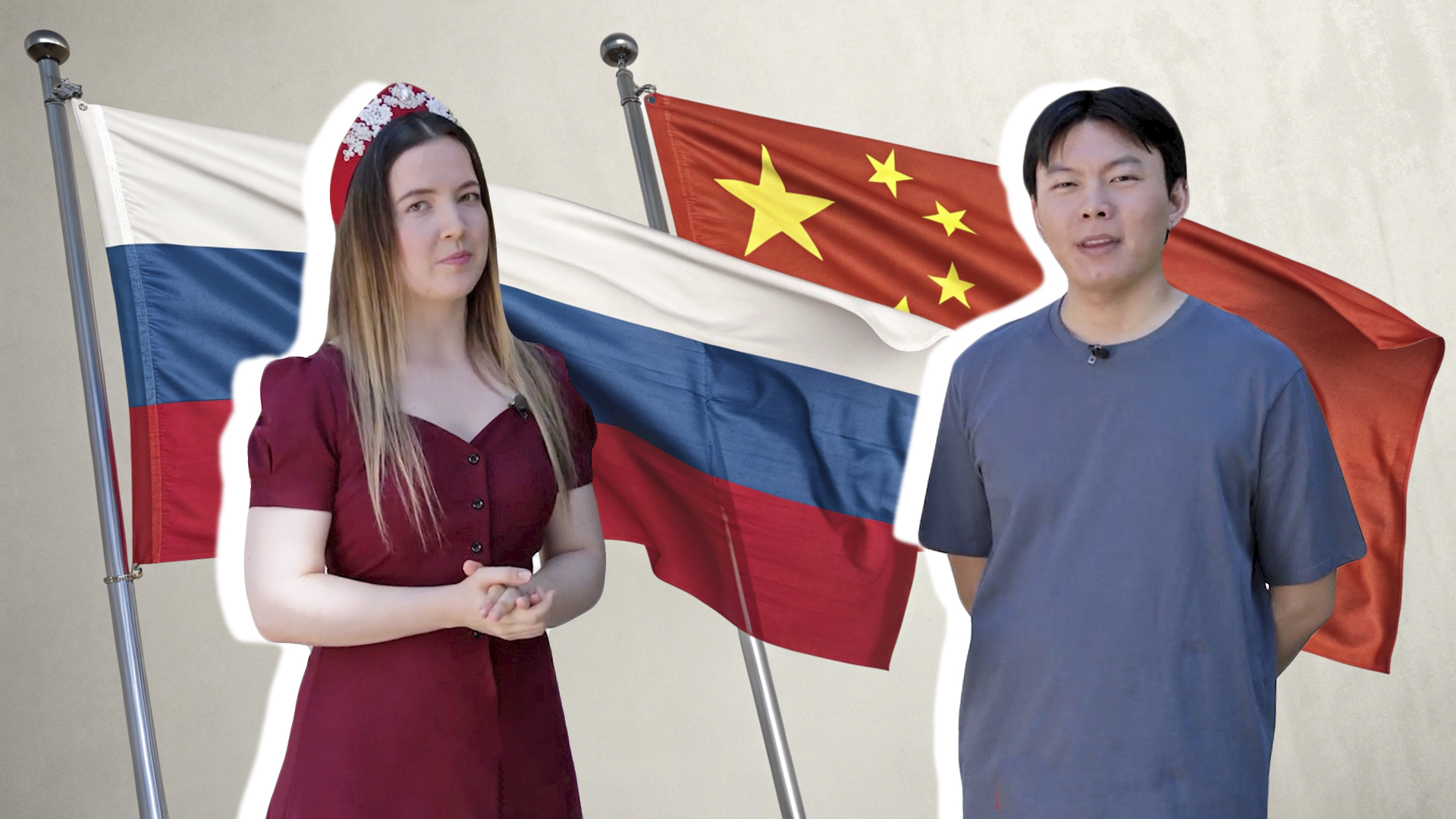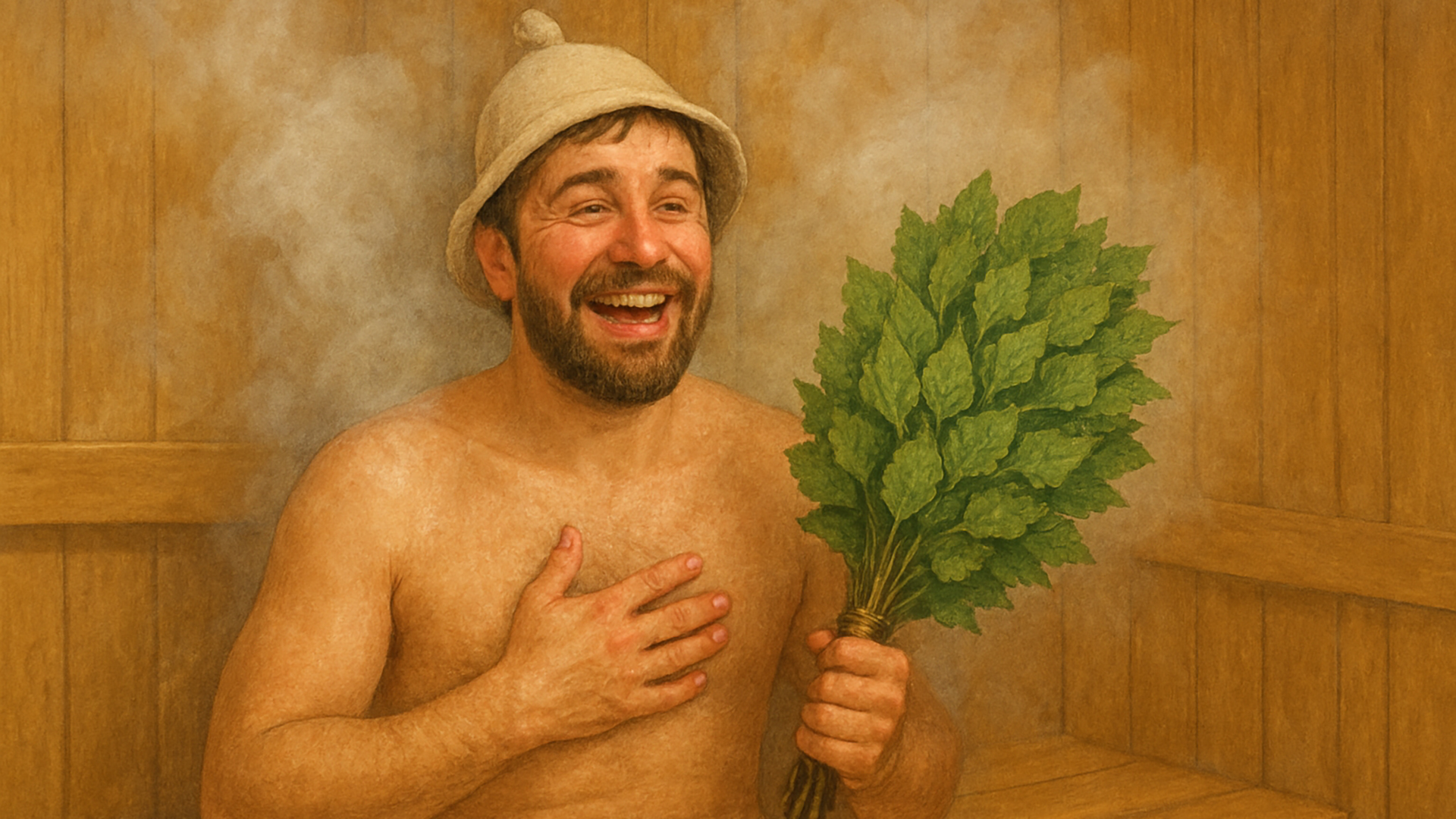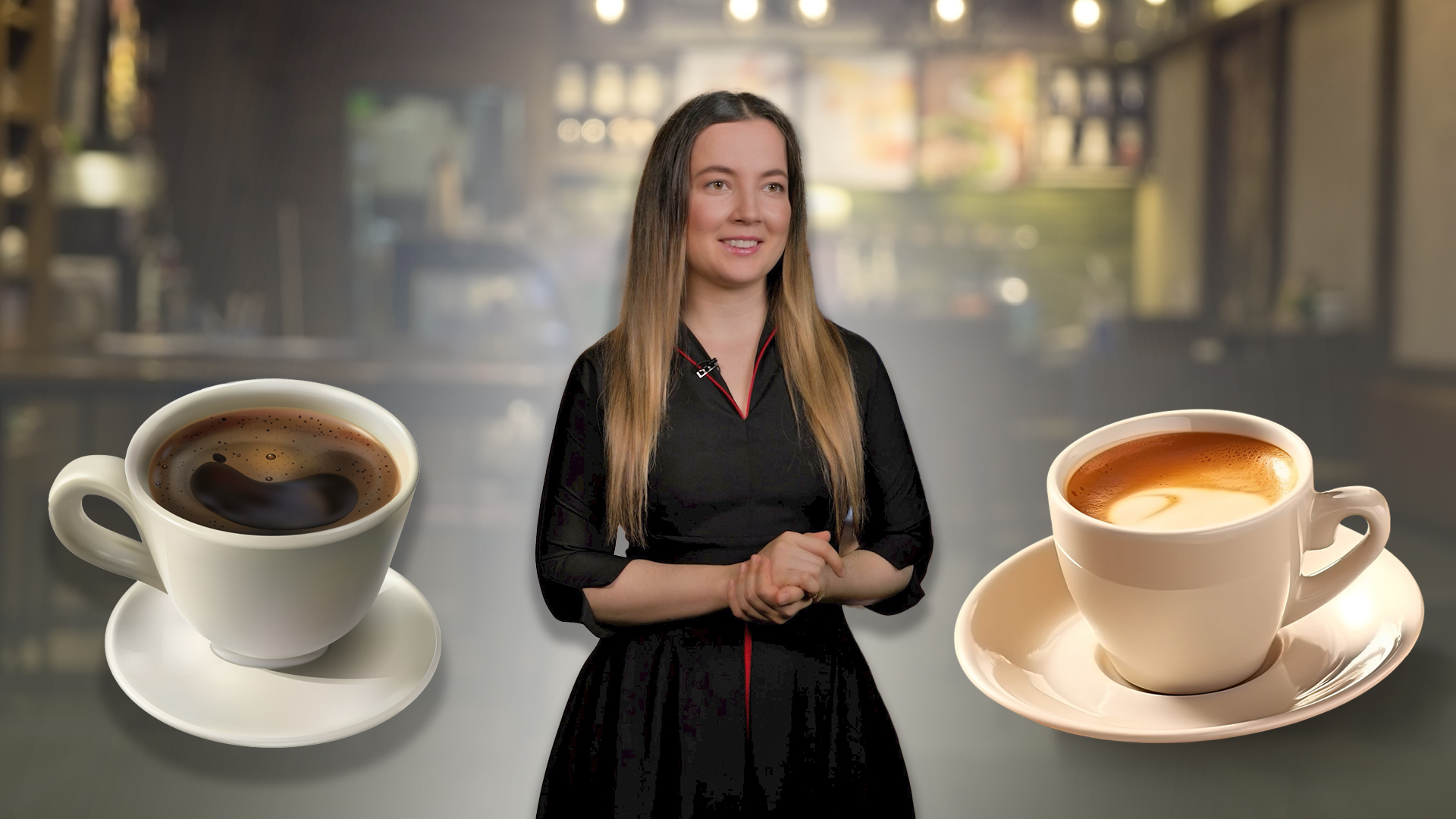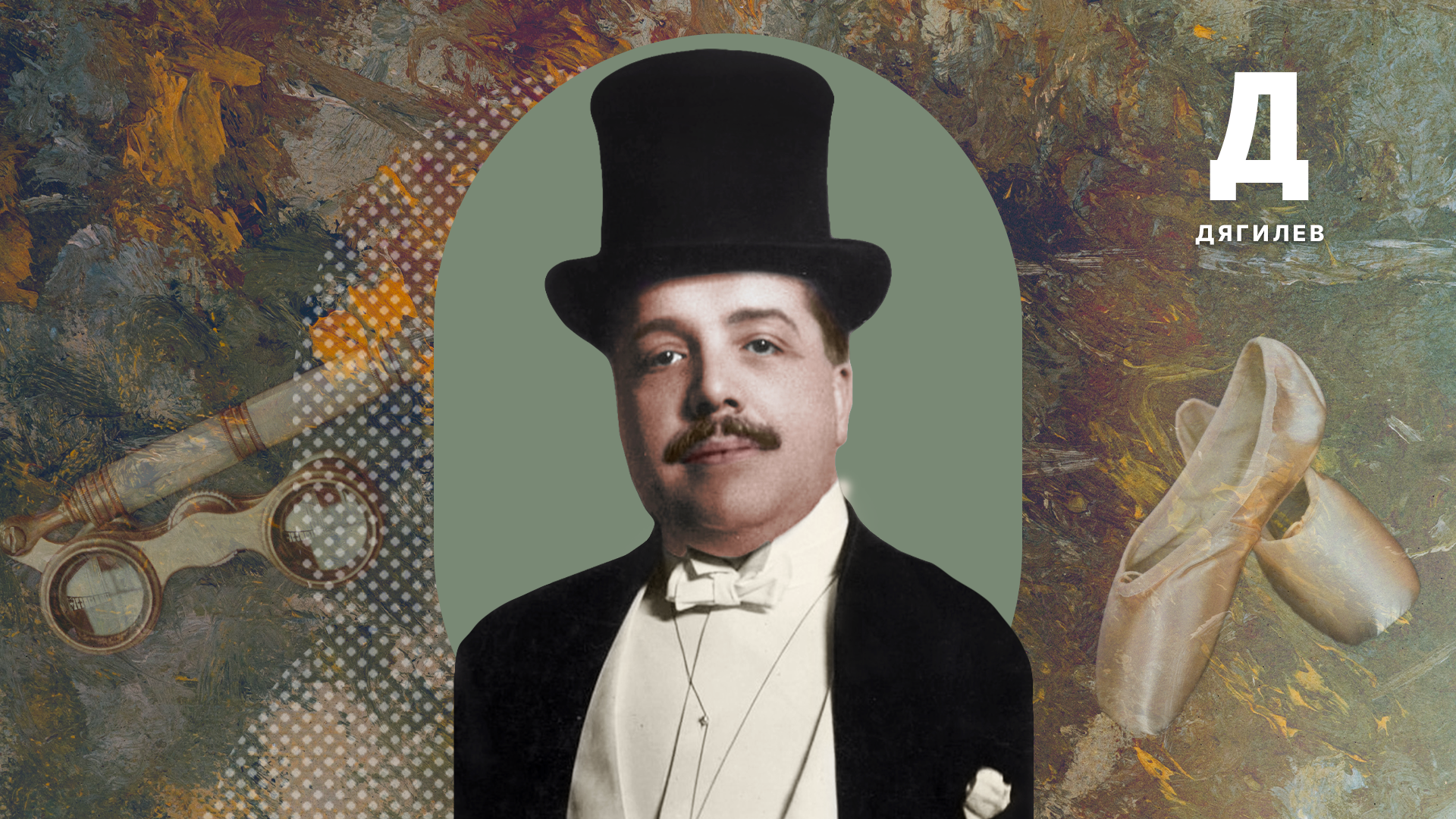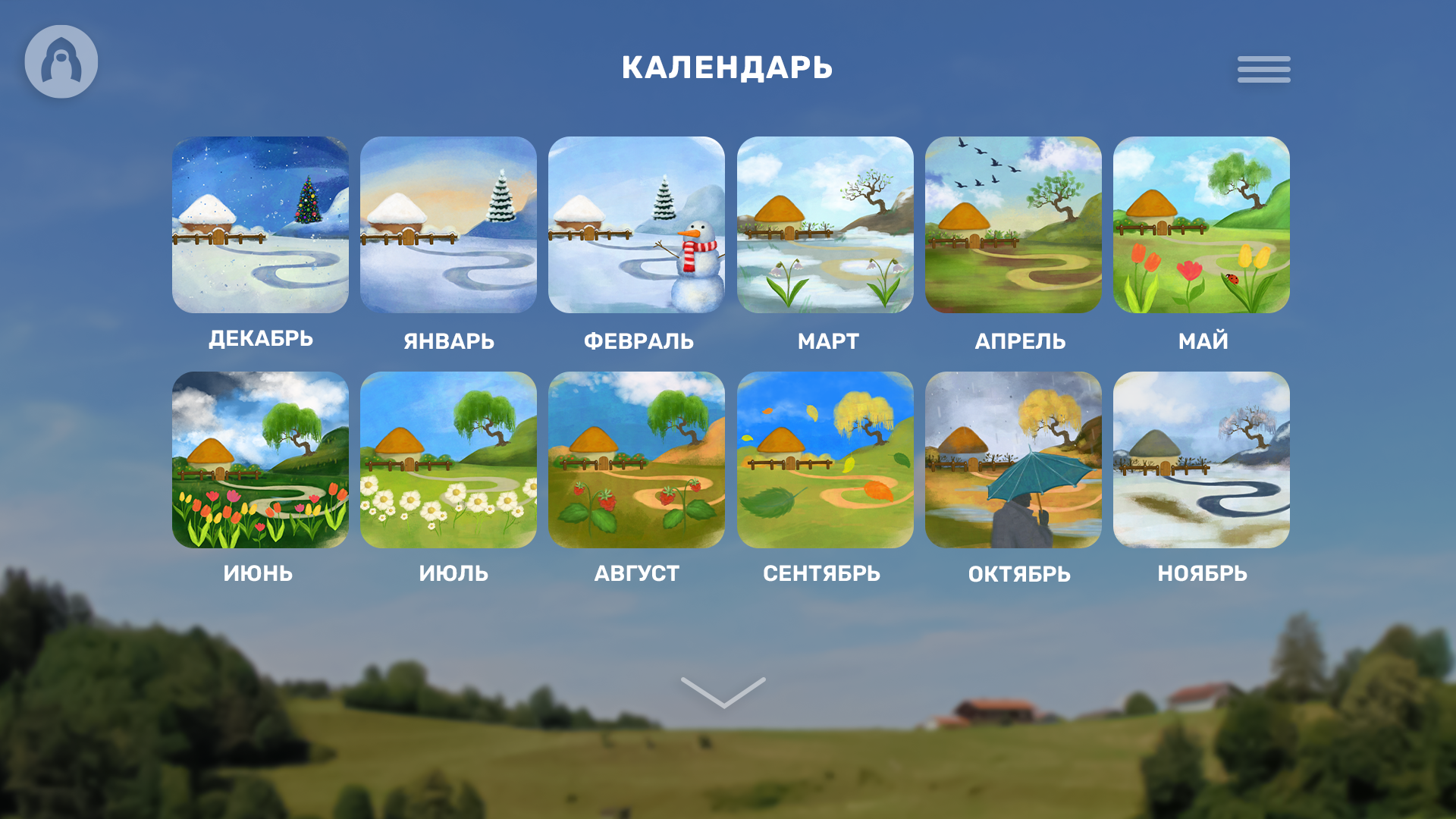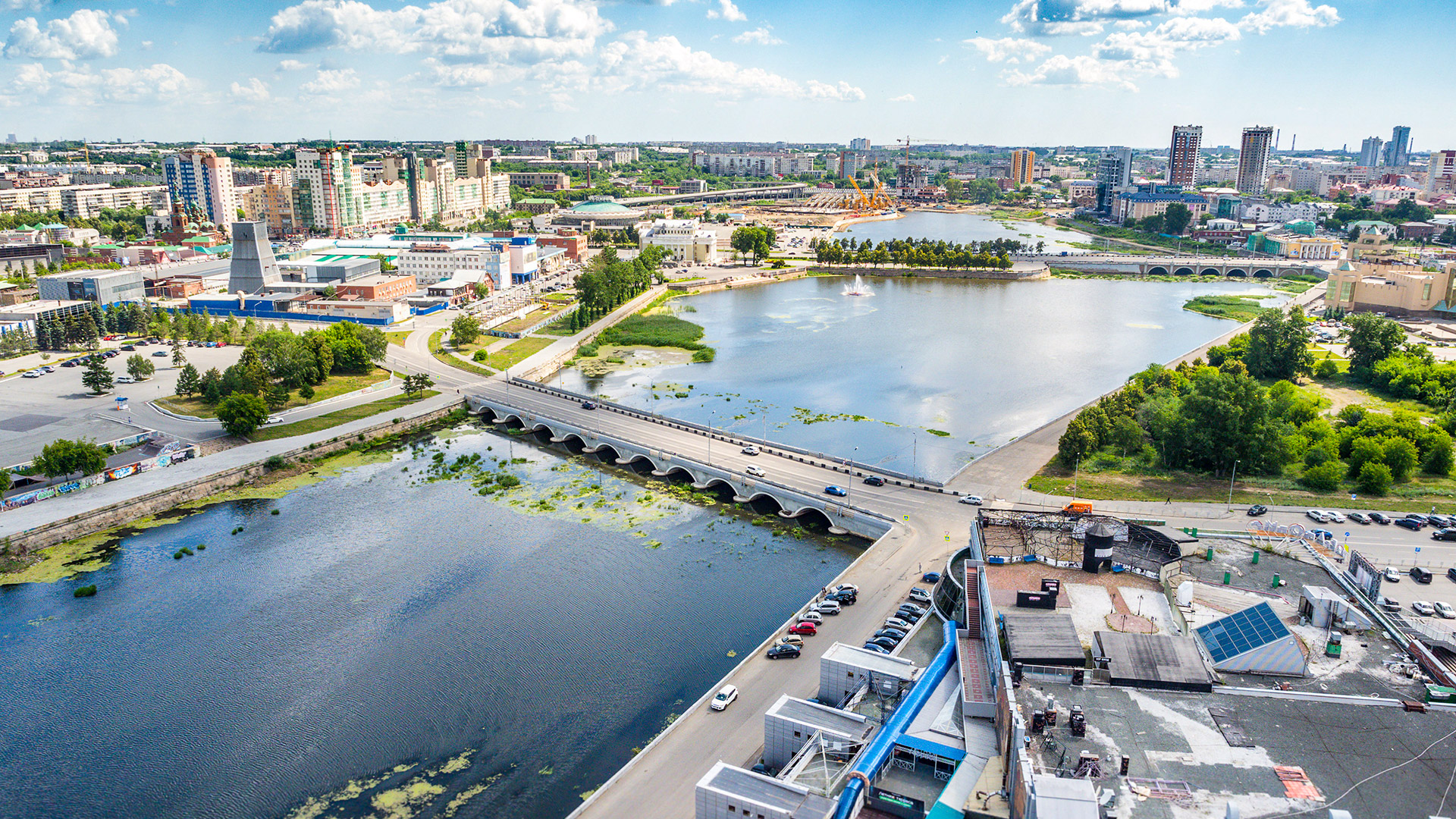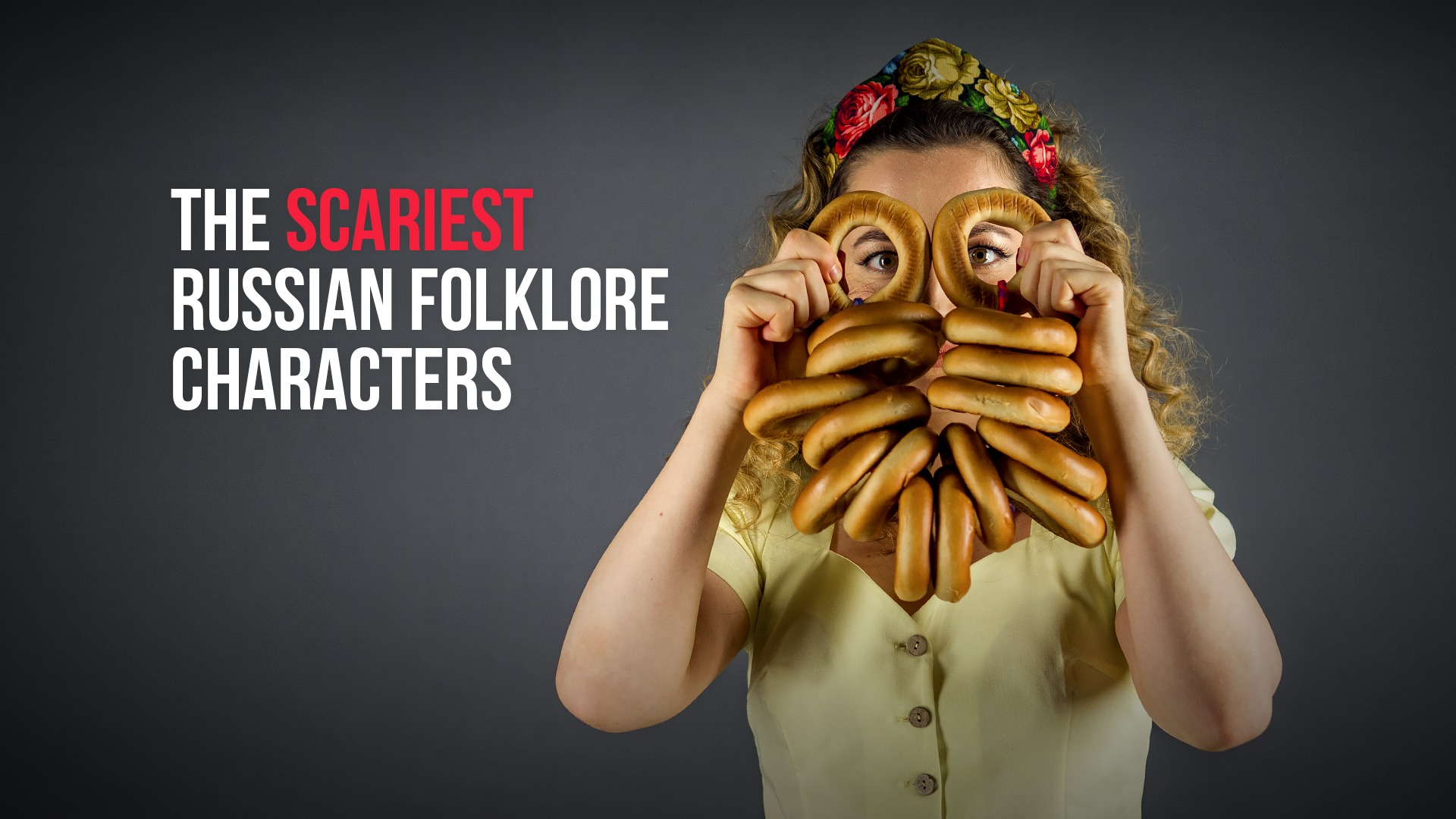
Kolomna in 3 Russian words

1. КОЛОМЕНСКАЯ ПАСТИЛА (Kolomna pastila)

Pastila has long been a reliable way to preserve the apple harvest. In Kolomna, pastila is made from sour apples. They are first stewed in an oven, then whipped into a strong snow-white foam, after which sugar and whipped egg whites are added. The resulting mass is then dried until it reaches the desired thickness. This is how you get a delicious dessert!
2. КОЛОМЕНСКИЙ КРЕМЛЬ (Kolomna Kremlin)

Built in the early 16th century, the kremlin in Kolomna became one of the most powerful fortresses of its era. The height of the walls reached 21 meters and their thickness – up to 4.5 meters. Today, only part of the kremlin has survived. It was not the enemy who did the damage, but, rather, the locals, who took it apart stone by stone when the need for a defensive structure disappeared.
3. ЦЕРКОВЬ НИКОЛЫ НА ПОСАДЕ (Church of St. Nicholas in Posad)

The Church of St. Nicholas in Posad was built in 1716 in the outlandish style of Moscow ‘uzorochye’, which is characterized by a complex composition, bright colors and an abundance of decor and expressive silhouettes. The church looks like a fairy-tale castle – its roof is decorated with as many as 105 carved stone ‘kokoshnik’ headdresses.


